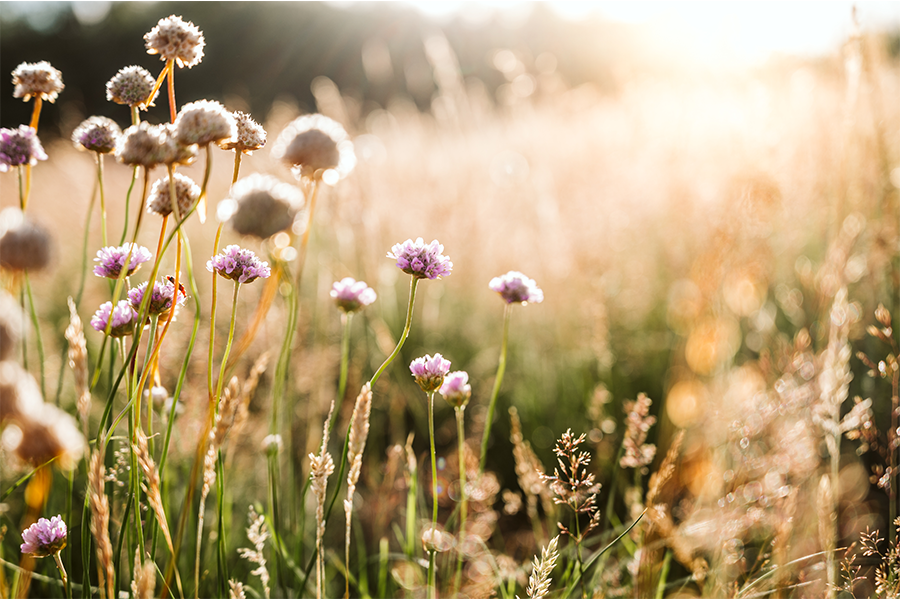Horticulture
-

This is an in-depth publication covering Culture and Varieties,
Soils and Fertility, Irrigation, Sprayers, Diseases, Insect Management, Weed Control, Food Safety and Sanitation, Harvest/Post-Harvest and Waste Management, Marketing, Production Costs, and Organic Production of commercial snap bean production in Georgia.David B. Langston, Kerry A. Harrison, Paul E. Sumner, George E. Boyhan, Stanley Culpepper, Esendugue Greg Fonsah, Gary L. Hawkins, Alton N Sparks, Changying Li, Daniel D MacLean, and William C. Hurst
|
-

Many pesticides require the addition of an adjuvant, and some do not. When applying fungicides, insecticides or herbicides without a recommended adjuvant, 30 percent to 50 percent reduction in pest control can be expected. Adjuvants may cause damage to a plant if the wrong adjuvant is used or if it is used at too high a concentration. Using the correct adjuvant on a greenhouse crop is a critical decision. This bulletin is intended to describe how adjuvants differ and what adjuvants are best to use.
Paul A. Thomas and Mark Czarnota
|
-

Florida betony is a “winter” perennial and has a square stem with opposite leaves. Florida betony (also called rattlesnake weed and hedge nettle) is a problem weed in both turfgrasses and ornamentals.
Mark Czarnota
|
-

The 13 topics covered in this publication are all integral parts of a successful carrot management program. Each topic is designed to focus on a particular aspect of production and provide the latest management technology for that phase of production. It is hoped that the information contained in this publication will assist growers in improving profitability in carrot production.
Ted McAvoy
|
-

When the peach tree moves into its bearing years a shift in emphasis from exclusive attention to vegetative development for building a tree structure to maintaining a balance enough vegetative growth to promote adequate fruiting wood and return bloom for the following season’s fruit crop and managing the current season’s fruit crop.
|
-

Essential to successful peach tree culture is selection of a location that provides adequate sunlight, cold air drainage and water drainage.
Kathryn C. Taylor and Dario Chavez
|
-

A relatively new peach tree training system is being adopted by some southeastern peach growers; it is an easy, low-maintenance system that can be used even in the home orchard.
Kathryn C. Taylor and Dario Chavez
|
-

Grower experiences have proven milled pine bark to be an excellent growing substrate for southern highbush blueberries. Although milled pine bark shares many characteristics with good blueberry soil, fundamental differences exist and need to be understood for rapid growth of young plants and high blueberry yields.
Gerard W. Krewer, John M. Ruter, and Erick Smith
|
-

This publication is a comprehensive guide to growing and identifying native wildflowers suitable for planting in Georgia. The term “wildflower” in this publication is a general term used to define both annual and perennial native herbaceous plants with showy flowers that have evolved with an ecosystem and grow naturally without either direct or indirect human intervention.
NOTE: This publication is large and may take several minutes to load.
Bodie V. Pennisi
|